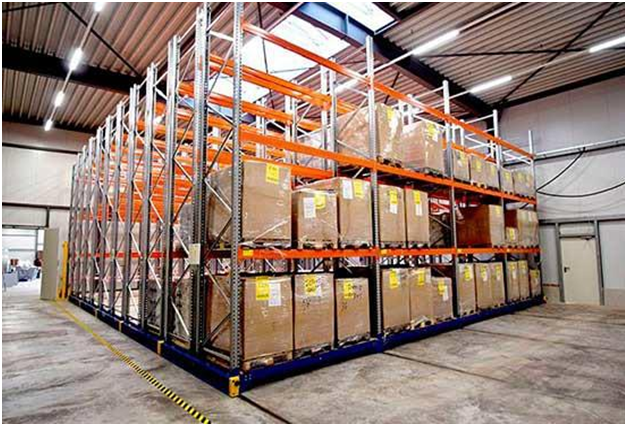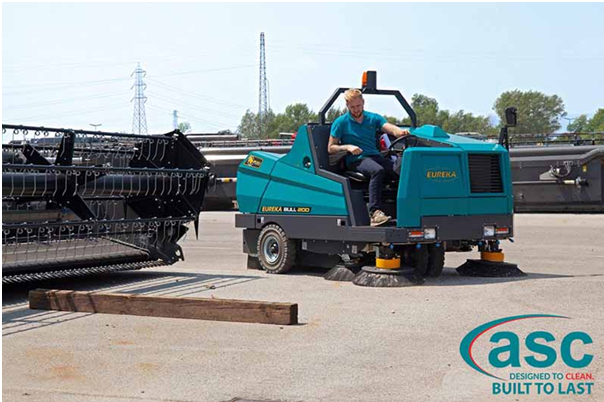Technology has become a vital aspect of countless industries around the world, leading to monumental shifts in how the business is conducted. One such sector that has significantly been influenced by advancements in technology is earthmoving operations. Amid the hum of machinery and the moving of the earth, a silent revolution is taking place. The question to ponder on is: How has technology impacted the traditional methods of earthmoving operations? What new advancements have been included in this field, and how have they imprinted efficiency throughout earthmoving operations?
This blog post strives to delve into the fascinating journey of technology and its impact on earthmoving operations, highlight the current landscape, discuss the pros and cons, and anticipate the future of this critical sector.
A Historial Glimpse: Why Technology Is Essential in Earthmoving Operations
Earthmoving operations have come a long way from basic hand tools to automated and highly sophisticated machinery. The bigger and more complicated projects became, the dire need for more practical and efficient solutions arose. Technology stepped in as a knight in shining armor, enabling tasks to be completed more accurately, faster, and with increased safety.
With the implementation of GPS, sensors, and other tech-powered tools, repetitive tasks were automated, and operator-free equipment became a reality. The integration of technology not only streamlined processes but also revolutionized the earthmoving industry unlike anything before. Here are some of the key ways in which technology has influenced these operations:
Equipment Automation:
GPS and machine control systems have revolutionized earthmoving equipment. These technologies allow operators to precisely control and automate the movement of equipment like bulldozers, excavators, and graders. This results in more accurate excavation, reduced material wastage, and faster project completion.
Telematics and Fleet Management:
Telematics systems enable real-time tracking of equipment and monitor their performance. This helps in optimizing equipment usage, reducing downtime, and ensuring timely maintenance. Fleet management software also aids in efficient scheduling and resource allocation.
Remote Operation:
Remote control and autonomous machinery are becoming more prevalent. Operators can control equipment remotely, which is particularly useful in hazardous or remote environments. Autonomous vehicles can operate without human intervention, enhancing safety and efficiency.
Advanced Materials and Equipment Design:
The use of advanced materials in equipment design has resulted in machines that are lighter, more durable, and more fuel-efficient. These innovations reduce the environmental impact and operating costs of earthmoving operations.
Improved Safety:
Technology has introduced safety features like collision avoidance systems, proximity sensors, and operator alertness monitoring. These enhancements help prevent accidents and protect both operators and bystanders.
Data Analytics and Monitoring:
Sensors and data analytics tools collect information about equipment performance and the worksite environment. This data can be used to make informed decisions, predict maintenance needs, and optimize project planning.
Environmental Considerations:
The earthmoving industry has become more environmentally conscious. Technologies like emission controls and cleaner engine technologies have reduced the environmental impact of heavy machinery. Additionally, software and simulation tools can help optimize project designs to minimize ecological disruption.
Virtual Reality and Simulation:
Virtual reality (VR) and simulation technologies are used for operator training and project planning. VR simulations allow operators to practice using equipment in a safe, controlled environment, while project planners can visualize and optimize earthmoving processes before starting on-site work.
Sustainability and Green Construction:
Many earthmoving projects now prioritize sustainability and green construction practices. Technologies such as geospatial mapping and drone surveys are used to assess the environmental impact of a project and plan for reduced disruption to ecosystems.
Communication and Collaboration:
The use of communication and collaboration tools allows different stakeholders, including project managers, contractors, and surveyors, to share real-time information and coordinate efforts effectively.
The Shift to the Digital Sphere: Impact of Technology Today
In the current digital era, technology upgrades like AI, machine learning, and data analytics have tremendously improved operations. The use of drones for project surveys and mapping has provided construction teams with accurate, real-time visuals.
Going beyond the physical assets, the advent of construction management software brought a new level of organization, pushing projects to be more time and cost-efficient. Earthmoving operations became less about brute force and more about precision, efficiency, and data-driven decision-making.
The Pros and Cons: Understanding the Two Sides
As beneficial as technology has been, it's essential to understand it comes with its set of challenges. On the one hand, it has increased efficiency, accuracy, and safety, while on the other hand, it poses issues related to high costs of machinery and systems, possible unemployment as machines become more self-reliable, and the challenge of adaptation and training for the workforce.
What Does The Future Hold: The Dawn of Robot Operators and More
With technology evolving at an exponential rate, the future of earthmoving operations promises even more advancements. The concept of robot operators, autonomous vehicles, and more innovative technologies will pave the way for even more efficiency and accuracy, transforming this field significantly in the coming years.
Technological Innovations: Valuable Investment or A Financial Drain?
Investing in technology promises long-term benefits. While the upfront costs may pose a challenge, the return on investment, in the form of efficiency, accuracy, and cost-effective operations, outweighs the initial expenditure. However, adapting to such changes demands time, proper planning, and resources, which could be a potential hurdle in the short term.
Conclusion
Technology has indeed brought a much-needed transformation in earthmoving operations. It has undeniably made processes more efficient, accurate, and safer. However, the journey does have its set of bumps. Adapting to technology, dealing with high expenditures, and managing the fear of unemployment amongst workers are some prevalent concerns that need to be addressed along the journey. The road to efficient Earthmoving Operations is undoubtedly paved with technology.

 Eliza Wilson
Eliza Wilson








